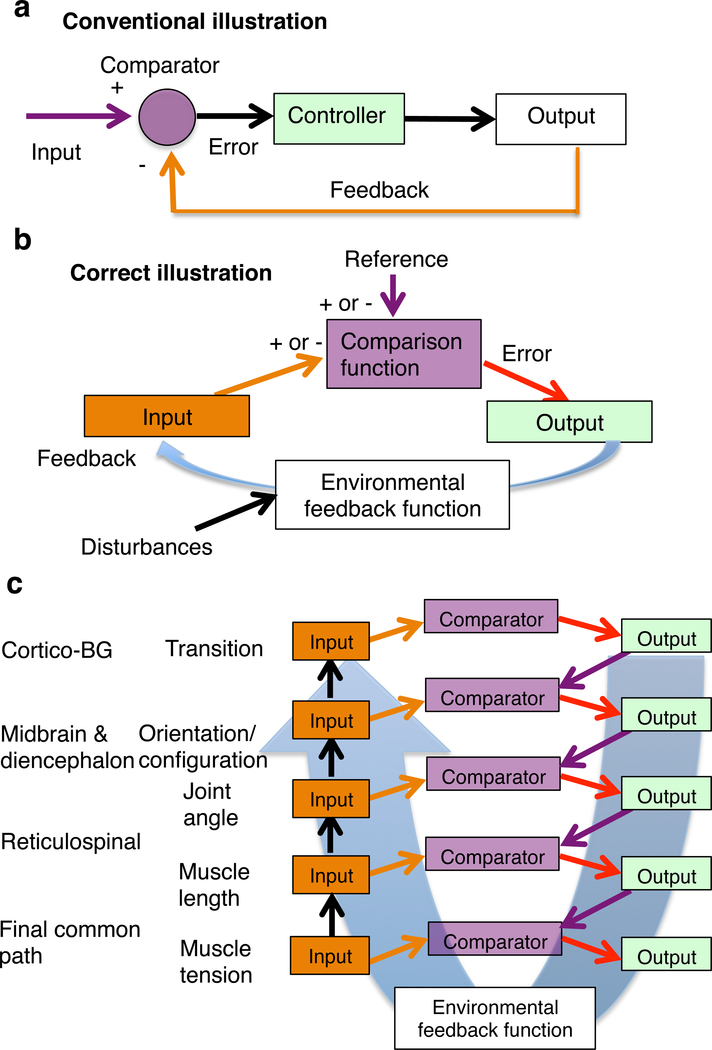Figure 4. Closed loop negative feedback control.
a. The major misunderstanding is based on the assignment of the input and output of the control system, according to engineering convention, as shown in the basic diagram. In this diagram, the output is thought to be controlled, and the input is the command from the user. This way of illustrating the relationship between the controller and the environment creates the appearance that the controller is some device that transforms error into output. It ignores the autonomy of the organism, defined by intrinsic reference signals representing desired states.
b. Correct illustration of the organism-environment relationship. The reference represents the “should-be” or “desired” value of a perceptual signal. Because the system produces output that, via the feedback function, reduces the discrepancy or error, it is capable of reaching the desired or referenced perception. The feedback is negative, when it reduces the error or system output. For comparison to be possible, it is necessary that the input and reference have opposite signs. Disturbances are those effects that push the value of the controlled variable away from the value specified by the reference signal, generating the error signal. As they are defined by the internal reference, they cannot be equated with physical effects in the environment. The comparator function implements a subtraction. There is no mysterious agent defying physical law. But variability in the output of a control system is to be expected, as it mirror the deviations from reference at all times. Linear causation is violated in any closed loop system, as a result of the simultaneous effects of the output on input and input on output, and the asymmetry in loop gain (usually found inside the controller).
c. Illustration of a control hierarchy based on the principle of input control. On the left are the hypothesized controlled variables and their proposed neural substrates.

